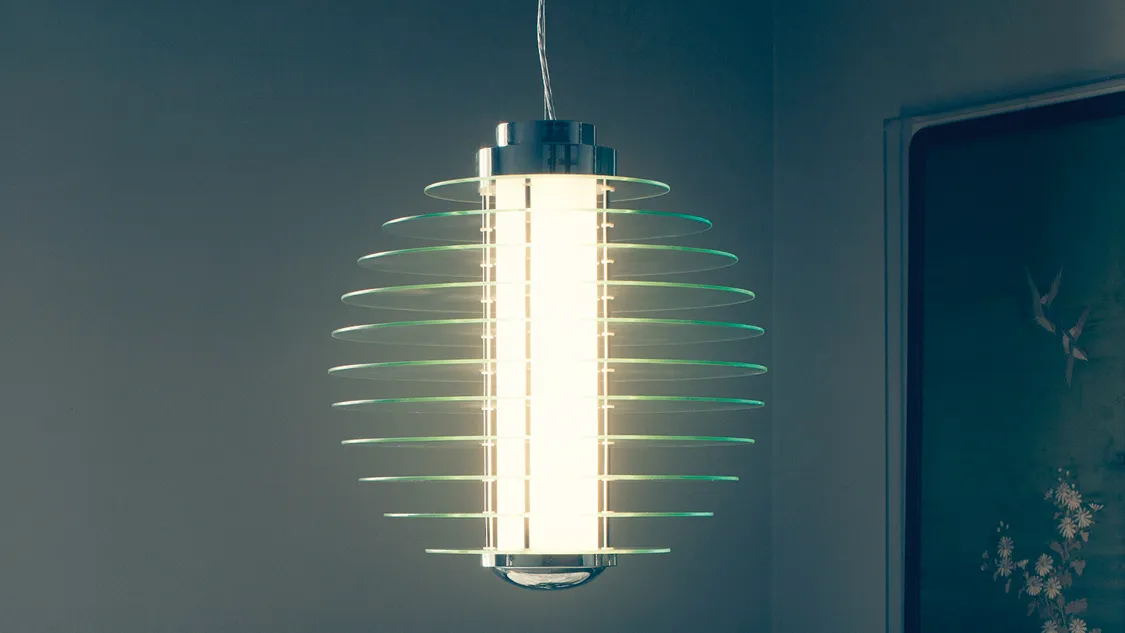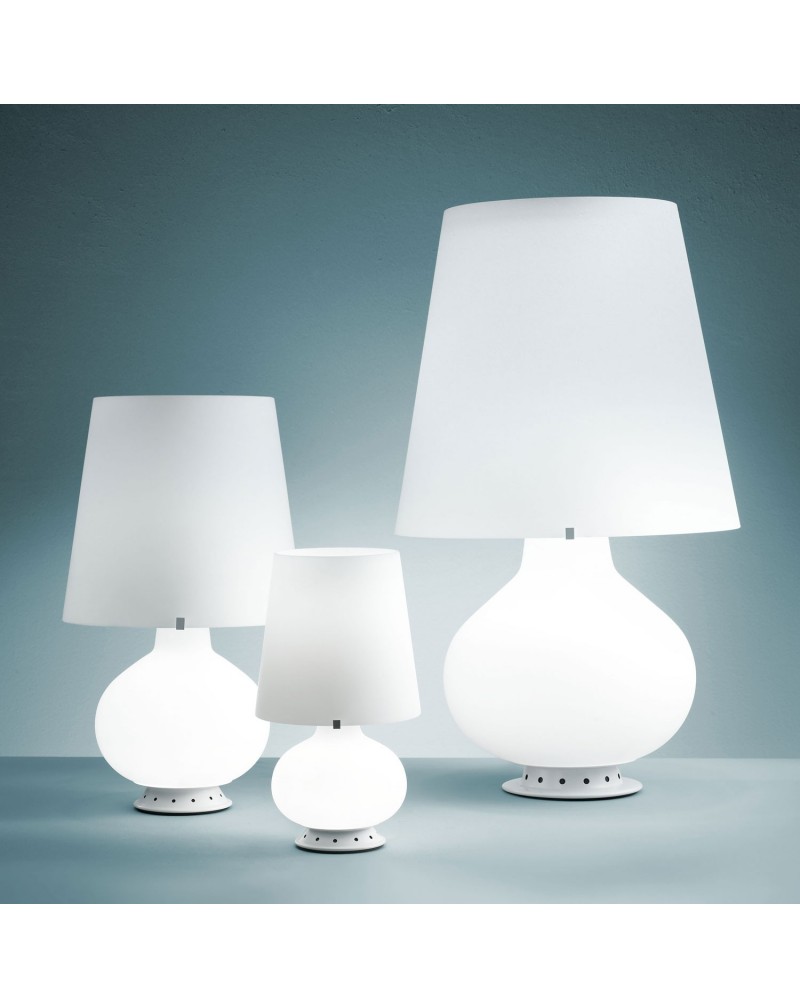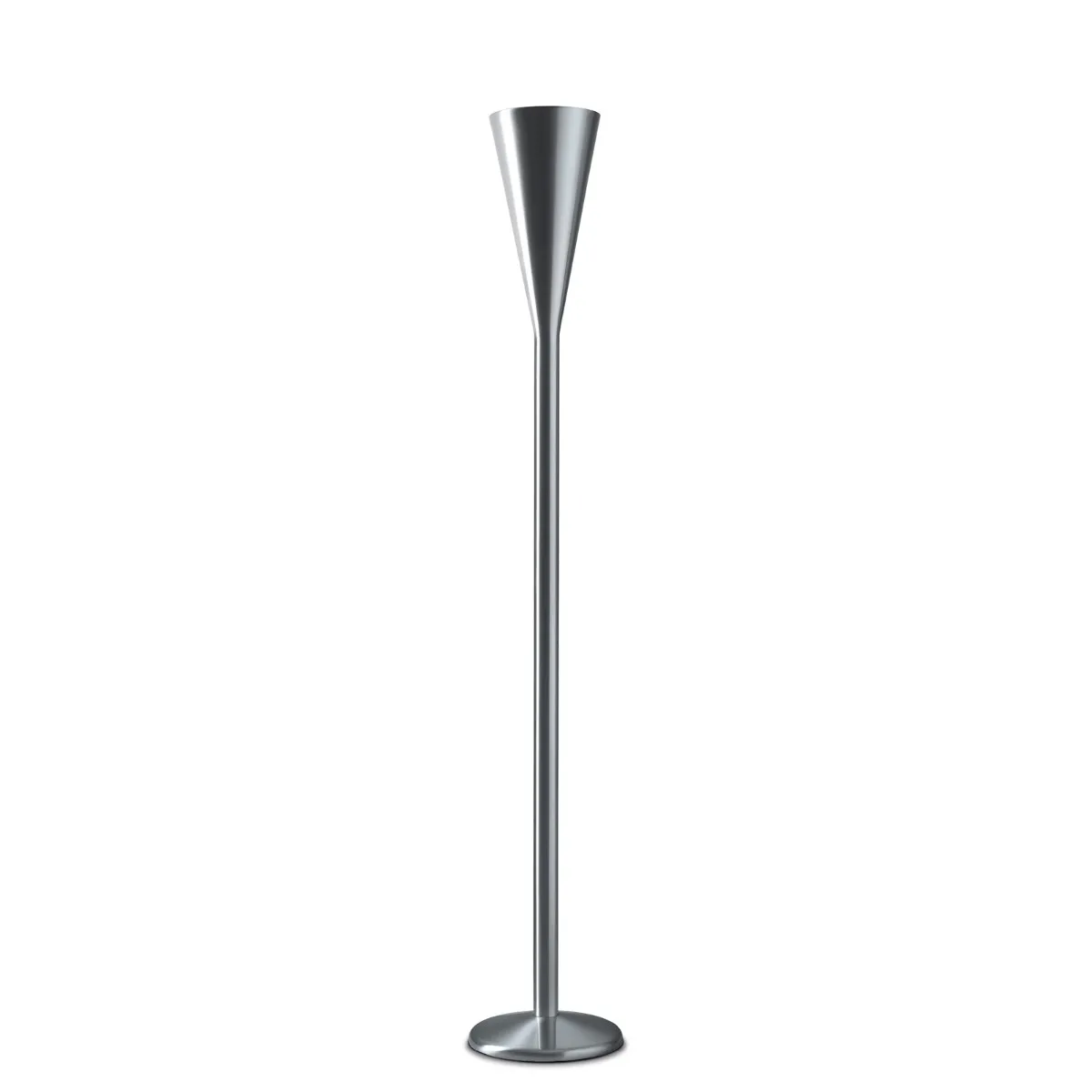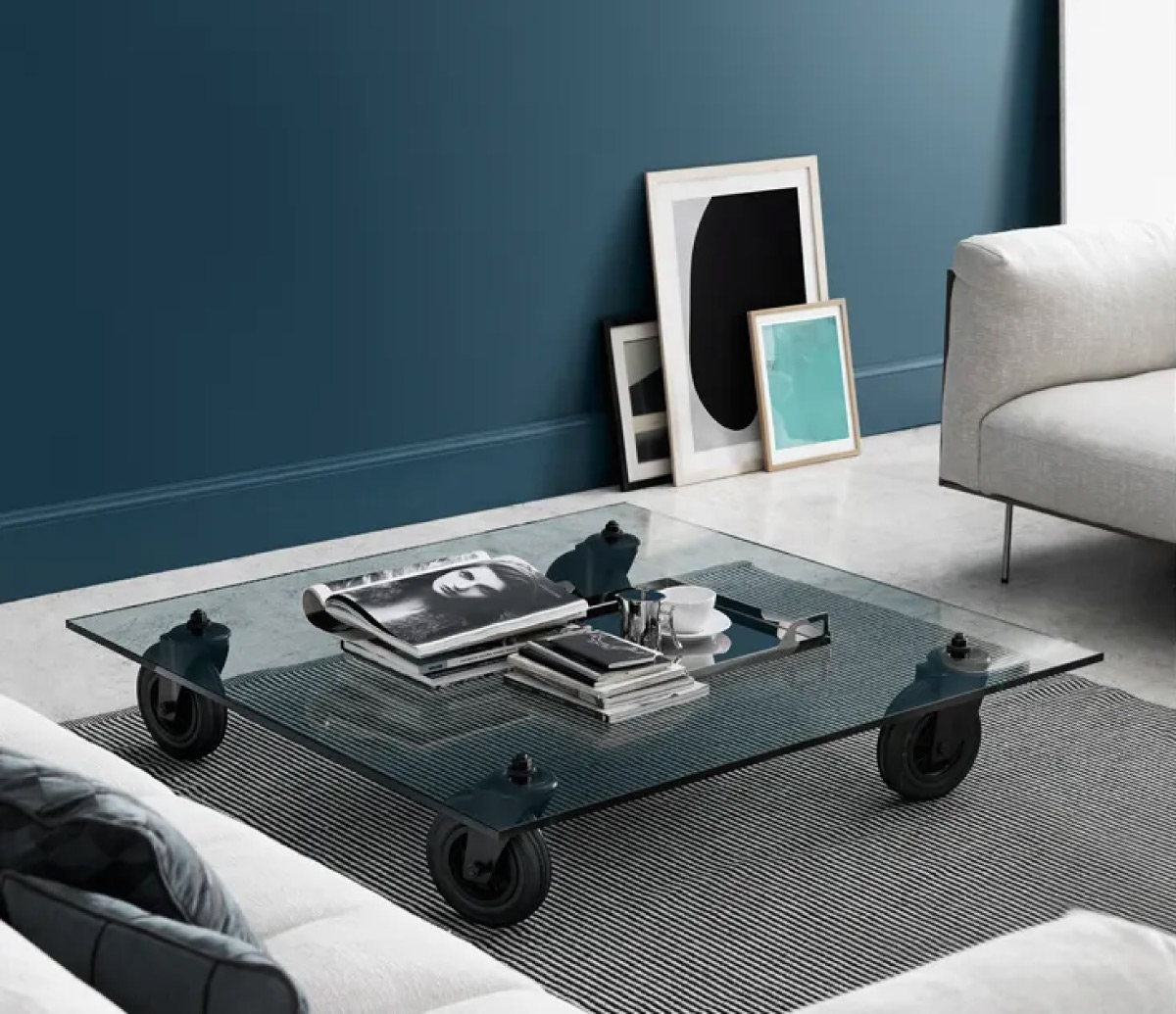Luigi Fontana founder of the Company
In 1881 Luigi Fontana starts his business in Milan, manufacturing float glass for the construction industry. As the century draws to a close, the company is producing refined bespoke and one-off glass furnishing accessories.
n 1906 the company exhibited at the International Fair of Milan, with a pharaonic pavilion, visited by personalities such as Vittorio Emanuele III and Queen Elena. The event was reported by the press at the time. Attentive to new trends in architecture and decoration, following the dictates of the prevailing Liberty style, Fontana produced polychrome stained glass windows, advertising signs, enamelled glass, ground and decorated mirrors besides pieces of furniture with glass parts and splendid shop windows with large curved glass, of great impact on the public.






